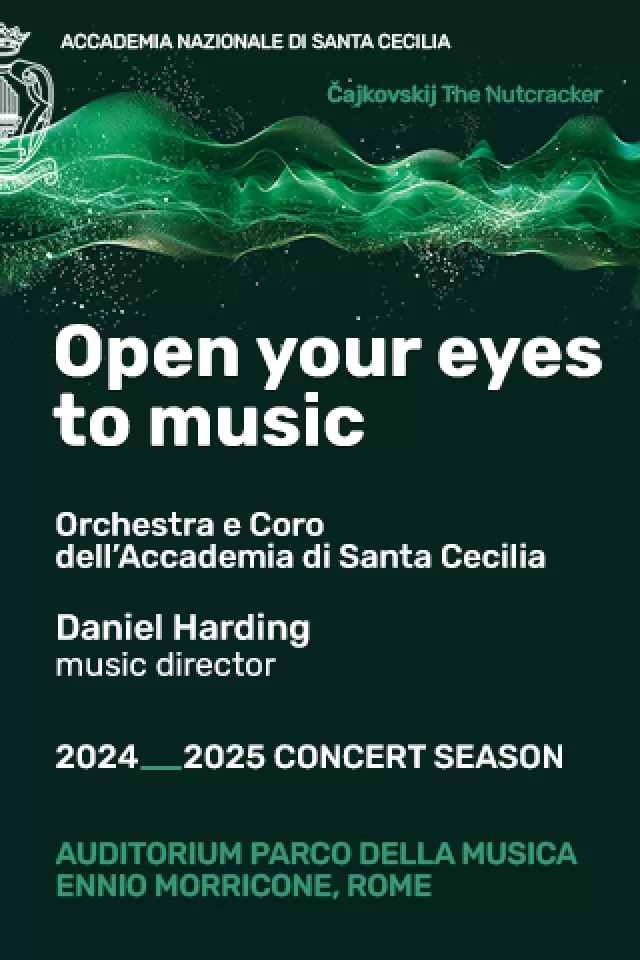When is a parasite not a parasite?
Praise the green earth.
Chance has appointed her
home, workshop, larder, middenpit.
Her lousy skin, scabbed here and there by cities
provides us with name and nation.
(From the poem Something Missing by Basil Bunting, 1931.)
Readers with children at school in Rome cannot have failed to notice that there is an unusual bloom of head-lice this spring. The head-louse, pediculus humanus, is a small insect (the adult is about five millimetres long), which has evolved along with human beings, (other apes, gorillas, chimpanzees, bonobos, have their own, equally specific lice). These insects are always present in the human population we are home to them and for that reason it is worth knowing a little more about them and how to control them.
Human head-lice belong to the order of insects known as anoplura or sucking lice. Their mouthparts are adapted for blood sucking and are retractable into the head when not in use. They have six legs, each ending in a sharp claw which is adapted for clinging, very tenaciously, to hair and the skin of the scalp. Mature females lay about 300 eggs at the base of hair in contact with the scalp. The eggs, one millimetres in diameter, are translucent and almost invisible until they hatch, when the shells become visible as small, white nits. By the time the hair has grown and the nits can be seen easily, the newly-hatched baby lice are already at work sucking blood. The lices activities result in itching, so one of the symptoms to look for is frequent head scratching, especially at night when the creatures are more active.
There are a few myths about head-lice that should be set straight. Firstly, they do not jump from head to head. They creep, and spread from one person to another when their heads are in contact. Then, they do not fly at any point in their development. They are not a sign of a lack of hygiene. The Harvard University department of public health points out that if you wash infected hair frequently, all you will obtain is very clean lice. They dont mind being washed.
Given that the insects have evolved along with us, it follows that any poison which harms them will not be too good for us either. So we have to be careful. There are several proprietary gels and shampoos on sale, usually incorporating malathion as the active ingredient. This is an organic sulphur/phosphate compound which is a powerful insecticide but relatively harmless to humans. However, as we are dealing mostly (but not exclusively) with children, the use of malathion-based products should be limited to once every eight or so days. The products claim that insects and eggs are killed by the application. This is not necessarily true the fertile eggs, if present, can survive and produce a new generation of lice to grow and mature.
This is where the traditional fine-toothed comb comes in. These can be found in any chemists shop; ask for a pettina antiparassitica. They do not remove the nits, but they do remove the insects, especially the larger ones growing towards maturity. The hair has to be combed right down to the roots two or three times a day. A hand lens is useful when trying to ascertain whether or not lice have been trapped by the comb. Trapped lice should be washed away with the help of a nailbrush. This combing treatment eventually ensures that all lice are removed. It takes some time but it works. Given that many children are infested, it is a treatment which must be repeated every day. Constant combing together with the occasional poison shampoo should result in a healthy, louse-free head of hair. Many Italians of the older generations swear by washing the hair with warm vinegar. There is some sense in this since the ethanoic (acetic) acid in vinegar dissolves the cement holding the eggs in place and makes them much easier to remove by combing.
Parasites are defined as organisms (plants or animals) which take their sustenance from another organism without giving anything in exchange. A superficial evaluation will immediately put head-lice down as parasites. But perhaps it is not that simple. Gorillas or chimps in the zoo are often engaged in mutual hair-grooming activities. This removes visible lice from the hair but also keeps the hair clean and free from other foreigners. So perhaps our head-lice are not simply parasites. Perhaps their purpose is to give us a practical reason for grooming our hair thoroughly each day; not only to remove any lice but also to keep the hair generally healthy and free from foreign bodies.





















